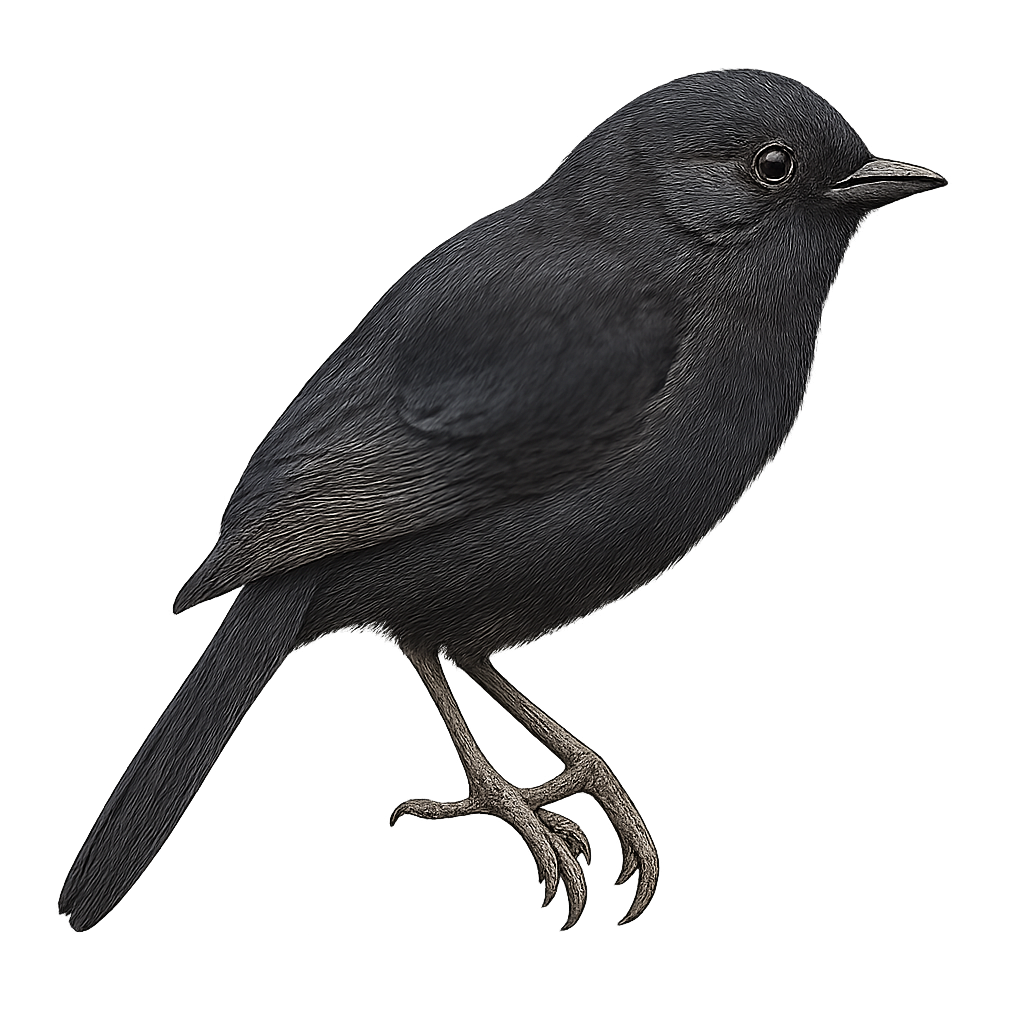Your wildlife photography guide.
Explore the black flowerpiercer in detail, study its behavior, prepare your shots.
Where to observe and photograph the black flowerpiercer in the wild
Learn where and when to spot the black flowerpiercer in the wild, how to identify the species based on distinctive features, and what natural environments it inhabits. The WildlifePhotographer app offers tailored photography tips that reflect the black flowerpiercer’s behavior, helping you capture better wildlife images. Explore the full species profile for key information including description, habitat, active periods, and approach techniques.
Black Flowerpiercer
Scientific name: Diglossa humeralis

IUCN Status: Least Concern
Family: THRAUPIDAE
Group: Birds
Sensitivity to human approach: Suspicious
Minimum approach distance: 5 m
Courtship display: March to April
Incubation: 13-15 jours
Hatchings: March to May
Habitat:
Humid forests, shrubby areas, high-altitude grasslands
Activity period :
Primarily active during the day, with peak activity in the morning and late afternoon.
Identification and description:
The Black Flowerpiercer is a small bird from the Thraupidae family, primarily found in the mountainous regions of the Andes. It is characterized by its black plumage with slightly lighter shoulders, which gives it its name. This bird is known for its unique flower-piercing behavior, using its specialized beak to access nectar. It mainly inhabits humid forests and shrubby areas at high altitudes. Although often seen alone or in small groups, it can sometimes be found in the company of other nectarivorous bird species. Its adaptability to various habitats and diverse diet make it an important component of the Andean ecosystem.
Recommended lens:
400 mm – adjust based on distance, desired framing (portrait or habitat), and approach conditions.
Photography tips:
To photograph the Black Flowerpiercer, it is advisable to use a telephoto lens of at least 400mm to capture detailed images without disturbing the bird. Look for it in the humid forests and shrubby areas of the Andes, where it is often active during the day. Be patient and discreet, as this bird can be suspicious. Take advantage of moments when it feeds on nectar to get interesting shots. The natural light of the morning or afternoon can provide optimal lighting to highlight its distinctive black plumage.
The WildlifePhotographer App is coming soon!
Be the first to explore the best nature spots, track rutting seasons, log your observations, and observe more wildlife.
Already 1 430 wildlife lovers subscribed worldwide

